Pipe organs are living, breathing instruments that naturally interact with the environment. Changes in temperature and humidity can create calamity for a pipe organ. It is important to carefully manage and encourage the stability of the organ’s environment. Doing so can improve the durability of the instrument and save money for its institution. Improper environmental control can lead to utility bills and extra services for damages to the institution.
Temperature vs. Pitch
Like any wind instrument, a pipe organ’s pitch varies with temperature. When tuning a pipe organ, its pitch must be determined first. As temperature goes up, the pitch rises; as it falls, the pitch lowers. There is no universal temperature that can be applied because all pipe organs and venues are unique, but there are key factors to making sure a pipe organ is tuned and played in stable climate conditions.
In considering the variables of environmental elements, humidity, air flow, and light exposure are also closely related to temperature and its impact on the pipe organ. Drastic changes in temperature put the speech parts of pipes at risk for being out of tune, especially reed pipes. If the interval between occupied and unoccupied temperatures are greater, more time will be required to stabilize the temperature of the setting. Hence, it is more efficient to limit this interval.
High Humidity = Havoc
Pipe organs are often exposed to high humidity because they are usually mounted high in buildings. Humidity can drastically affect their wood and leather. In wood, swelling and compression can occur. High humidity can promote the growth of mold and bacteria in leather, ultimately rotting the leather, which can be detrimental to various functions, such as keys and trackers.

Things to consider when tuning:
- previous tuning temperatures (usually found in service records)
- encourage clients to determine set temperature for occupied venues
- stabilized means that the heating/cooling system is not actively raising or dropping the temperature but is maintaining a constant temperature in the room, or “floating”

Tips for Pipe Organ Temperature Control
- Humidity gauge within chambers can assure stable levels
- Location of radiators and heating vents should be considered
- Can likely fluctuate temperature
- Some tracker organs need humidity
- If room air is not humidified in the Winter, allow the temperature to “fall” back down
- Humidification systems that circulate an entire room are preferred
- These methods can also extend life of all other instruments
Spring is approaching! Don’t fall victim to unstable conditions. Pipe organs are even more vulnerable to drastic changes in temperament as seasons transition.
Reach out to our pipe organ professionals to ensure Good Friday gatherings are accompanied by joyous tunes, and Easter follows with fruitful worship.
Learn more tips about managing pipe organ environment:



